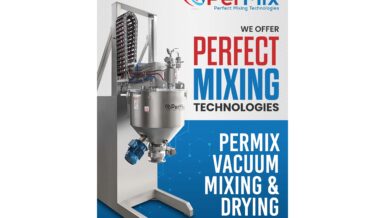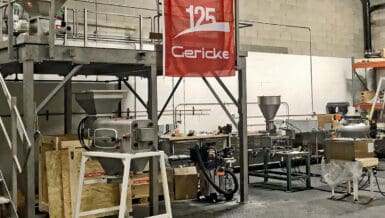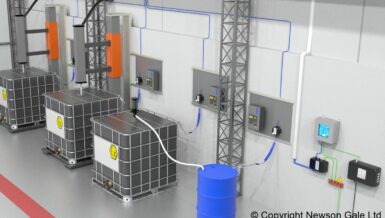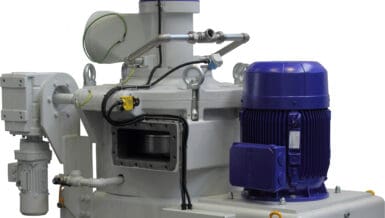There is a framework forming around magnetic specifications- generally resulting from a plant’s interaction and knowledge of food schema documentation, as well as cooperation with magnet manufacturers in developing and defining requirements and verification documents. The main components include a call-out for gauss and pull strength figures. These figures are not magical nor are they difficult to obtain from the manufacturer…but understanding each and how each can have the most positive effect on a plant’s quality program is critical.
So, here’s a quick education on magnet terminology: Gauss is a measurement of the amount of magnetic lines of flux in one square centimeter. Pull strength measures how many ounces or pounds of force it takes to remove a piece of ferrous metal from a magnet. Magnetic circuit is a combination of magnet material and mild steel pole pieces. Air gap refers to any nonferrous material space between the magnet and ferrous material.
Are you still with me? Good. Let’s start with the easy one, which pulls strength. This measurement is accomplished with a manual or digital pull scale and a ¼” or ½” ferrous sphere with results recorded in ounces or pounds. It is entirely repeatable and easy to perform. Gauss is defined as follows: the stored energy in a magnet called magnet performance or maximum energy product (often abbreviated BHmax)- is typically measured in units of megagauss-oersteds (MGOe). One MGOe is approximately equal to 7957.74715 J/m3…phew.
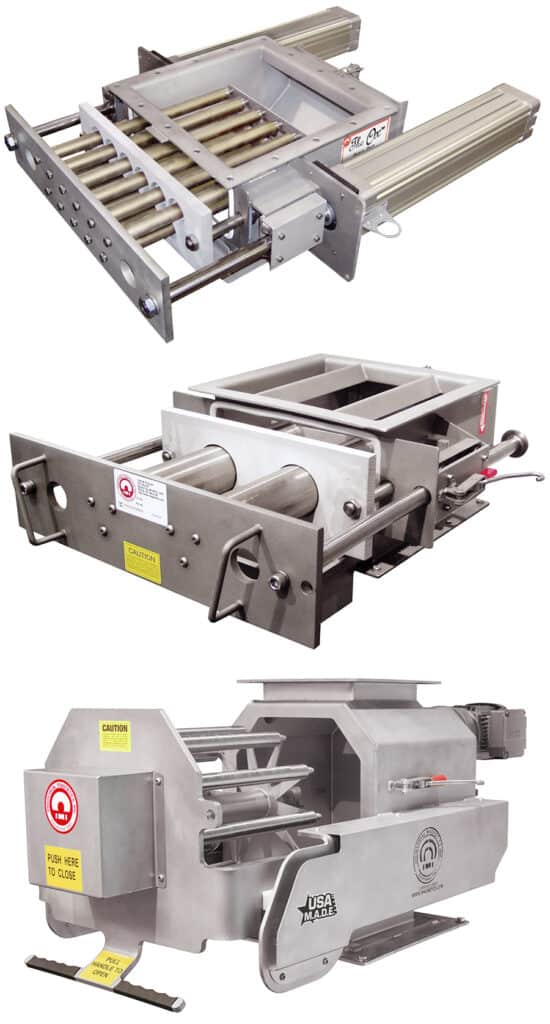
Measuring gauss is a bit trickier but is accomplished using an electric gauss meter equipped with either a transverse or axial probe. The readings tend to have a broader delta between the high and the low results than those resulting from pull strength testing. That said, many plants are opting to write gauss and pull strength numbers into their programs.
This is easy, right? Just write the specification calling for the high range of gauss and pull strength found in commercially available magnetic separators…but therein lies the rub. A garden variety magnetic circuit is housed in a ~1” OD tube, and the “guts” which compose that circuit as defined earlier present a wide array of options from various manufacturers. Magnet material and pole piece dimensions vary, as does the wall thickness of the tube which houses the circuit. So, when it comes to dialing in a specification, it’s akin to buying a new automobile. Do you want speed? Yes. But you also want comfort, right? And storage for sure- all the better for big family vacations. How about fuel economy? Don’t forget leg room and a sunroof. Add it all up and you’re looking at a manual transmission touring bus that goes from zero to sixty in five seconds, is equipped with leather recliners and gets 30 MPG.
While that’s a tall order, magnet manufacturers have been challenged with a similar task and many have responded with a menu of offerings to meet specification requirements within reason. If gauss is the desired parameter of testing, there are circuit designs optimized to reflect high gauss readings. Generally, such a circuit would yield lower pull strength because the pole pieces and tube wall thickness are designed in such a manner to maximize the gauss results. Conversely, a circuit optimized with an entirely different set of pole and magnet material dimensions will yield a higher pull strength result. A third option- which would generally yield marginally lower gauss and pull strength numbers- would result from using a thicker-walled tube. This could strike a balance for certain plants and applications, considering it provides less tube wear for potentially abrasive applications, while still providing industrial-grade mechanical strength. The best news is that options exist, and manufacturers can assist processing facilities with determining the proper set of parameters for magnetic separation equipment that will ensure the best path to mitigating foreign contamination incidents.







